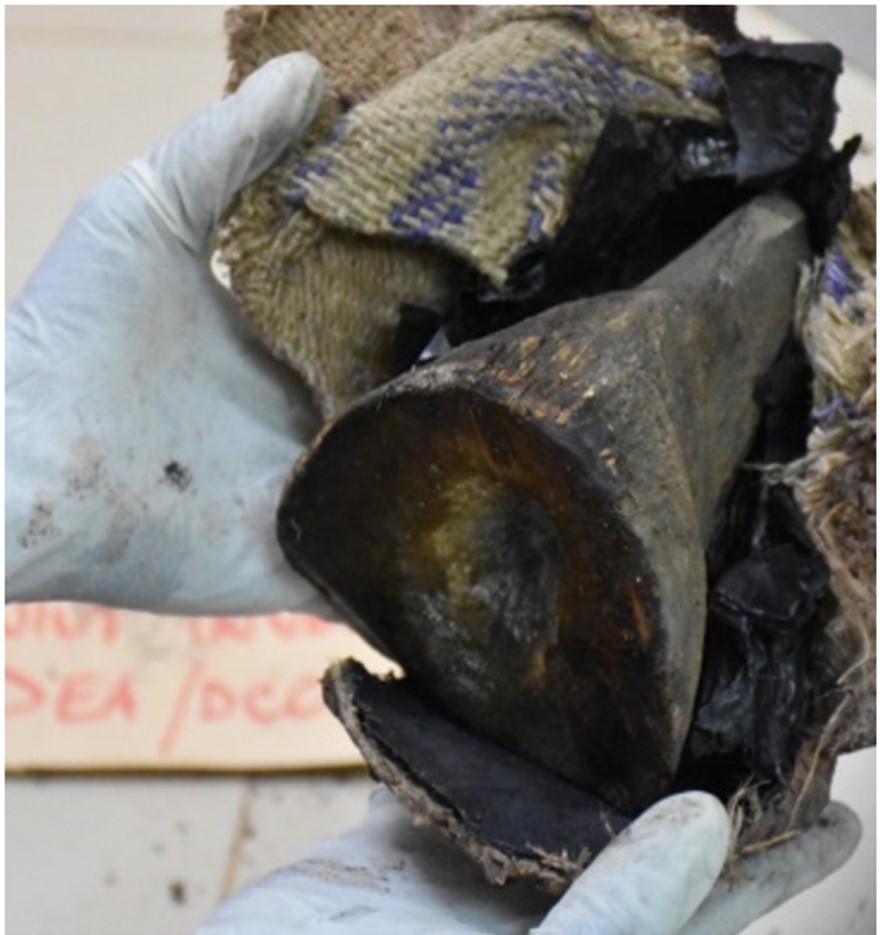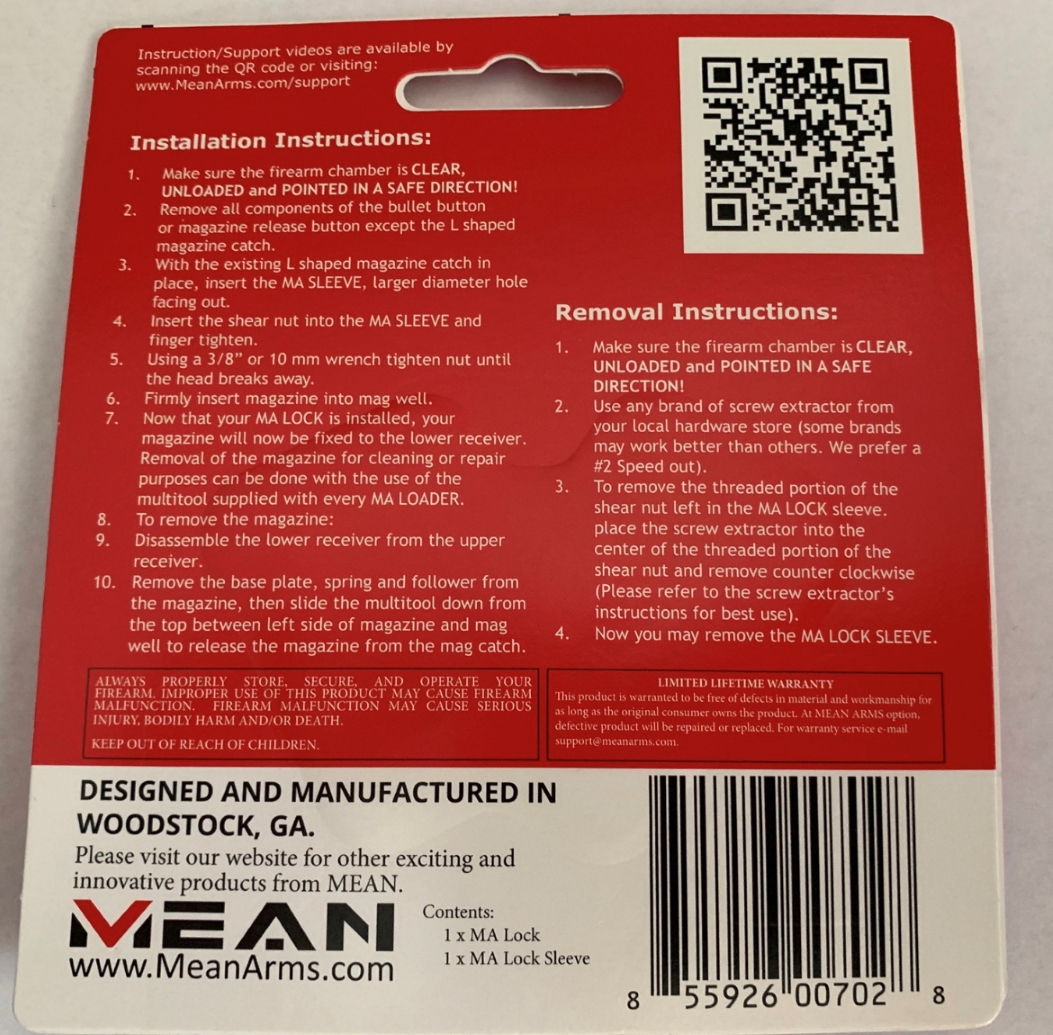Damian Williams, the United States Attorney for the Southern District of New York, announced that ABDI HUSSEIN AHMED, a citizen of Kenya, was sentenced to 48 months in prison for conspiring to traffic large quantities of rhinoceros horns and elephant ivory — both protected wildlife species — worth millions of dollars that involved the illegal poaching of more than approximately 35 rhinoceros and more than 100 elephants, as well as for conspiring to distribute and possess with intent to distribute one kilogram or more of heroin. The sentence was imposed earlier today by U.S. District Judge Gregory H. Woods.
AHMED is the fifth and final member of these conspiracies to be sentenced in a case prosecuted over the course of several years, and which has involved the extradition of multiple individuals from several countries in Africa. AHMED’s co-conspirators were previously sentenced to substantial prison terms by Judge Woods. Specifically, MOAZU KROMAH, a/k/a “Ayoub,” a/k/a “Ayuba,” a/k/a “Kampala Man,” a citizen of Liberia, was sentenced to a prison term of 63 months; AMARA CHERIF, a/k/a “Bamba Issiaka,” a citizen of Guinea, was sentenced to a prison term of 57 months; MANSUR MOHAMED SURUR, a/k/a “Mansour,” a citizen of Kenya, was sentenced to a prison term of 54 months; and BADRU ABDUL AZIZ SALEH, a/k/a “Badro,” a citizen of Kenya, was sentenced to a prison term of 42 months.
According to the charging and other documents filed in the case, as well as statements made in court proceedings:
KROMAH, CHERIF, SURUR, and AHMED were members of a transnational criminal enterprise (the “Enterprise”) based in Uganda and surrounding countries that was engaged in the large-scale trafficking and smuggling of rhinoceros horns and elephant ivory, both protected wildlife species. Trade involving endangered or threatened species violates several U.S. laws, as well as international treaties implemented by certain U.S. laws.
From at least in or about December 2012 through at least in or about May 2019, KROMAH, CHERIF, SURUR, and AHMED conspired to transport, distribute, sell, and smuggle at least approximately 190 kilograms of rhinoceros horns and at least approximately 10 tons of elephant ivory from or involving various countries in East Africa, including Uganda, the Democratic Republic of the Congo, Guinea, Kenya, Mozambique, Senegal, and Tanzania, to buyers located in the United States and countries in Southeast Asia. Such weights of rhinoceros horn and elephant ivory are estimated to have involved the illegal poaching of more than approximately 35 rhinoceros and more than approximately 100 elephants. In total, the estimated average retail value of the rhinoceros horns involved in the conspiracy was at least approximately $3.4 million, and the estimated average retail value of the elephant ivory involved in the conspiracy was at least approximately $4 million.
Typically, the defendants exported and agreed to export the rhinoceros horns and elephant ivory for delivery to foreign buyers, including a buyer represented to be in Manhattan, in packaging that concealed the rhinoceros horns and elephant ivory in, among other things, pieces of art such as African masks and statues. The defendants received and deposited payments from foreign customers that were sent in the form of international wire transfers, some of which were sent through U.S. financial institutions, and paid in cash.
On or about March 16, 2018, law enforcement agents intercepted a package containing a black rhinoceros horn sold by the defendants that was intended for a buyer represented to be in Manhattan:

From in or about March 2018 through in or about May 2018, the defendants offered to sell additional rhinoceros horns of varying weights, including horns weighing up to approximately seven kilograms. On or about July 17, 2018, law enforcement agents intercepted a package containing two rhinoceros horns weighing over five kilograms that were sold by the defendants and intended for a buyer represented to be in Manhattan:

Separately, from at least in or about August 2018 through at least in or about May 2019, SURUR, AHMED, and SALEH conspired with others to distribute and possess with intent to distribute a large quantity of heroin to a buyer represented to be located in New York.
KROMAH was arrested in Uganda on June 12, 2019, and expelled to the United States on June 13, 2019. CHERIF was arrested in Senegal on June 7, 2019, and extradited to the United States on April 2, 2020. SURUR was arrested in Kenya on July 29, 2020, and extradited to the United States on January 25, 2021. SALEH was arrested in Kenya on May 30, 2022, and extradited to the United States on June 17, 2022. AHMED was arrested in Kenya on August 1, 2022, and extradited to the United States on September 3, 2022. The defendants all have been detained since their arrest and arrival in this country.
KROMAH, 53, of Liberia; CHERIF, 58, of Guinea; SURUR, 62, of Kenya; and AHMED, 49, of Kenya, each pled guilty to one count of conspiracy to commit wildlife trafficking. In addition, KROMAH and CHERIF both pled guilty to two counts of wildlife trafficking. SALEH, 52, of Kenya, SURUR, and AHMED each pled guilty to one count of conspiracy to distribute and possess with intent to distribute one kilogram or more of heroin.
Mr. Williams praised the outstanding investigative work of the U.S. Fish and Wildlife Service and the U.S. Drug Enforcement Administration, and he thanked law enforcement authorities and conservation partners in Uganda and Kenya, including the Uganda Wildlife Authority, the Uganda Office of the Director of Public Prosecution, the Uganda Police Force, the Kenya Directorate of Criminal Investigations, and the Kenyan Office of the Director of Public Prosecutions, for their assistance in this investigation. Mr. Williams also thanked the U.S. Department of Justice’s Office of International Affairs and the Department of State for their invaluable assistance, which made it possible to secure the arrest and return of these five defendants from Kenya, Senegal, and Uganda to the United States.





